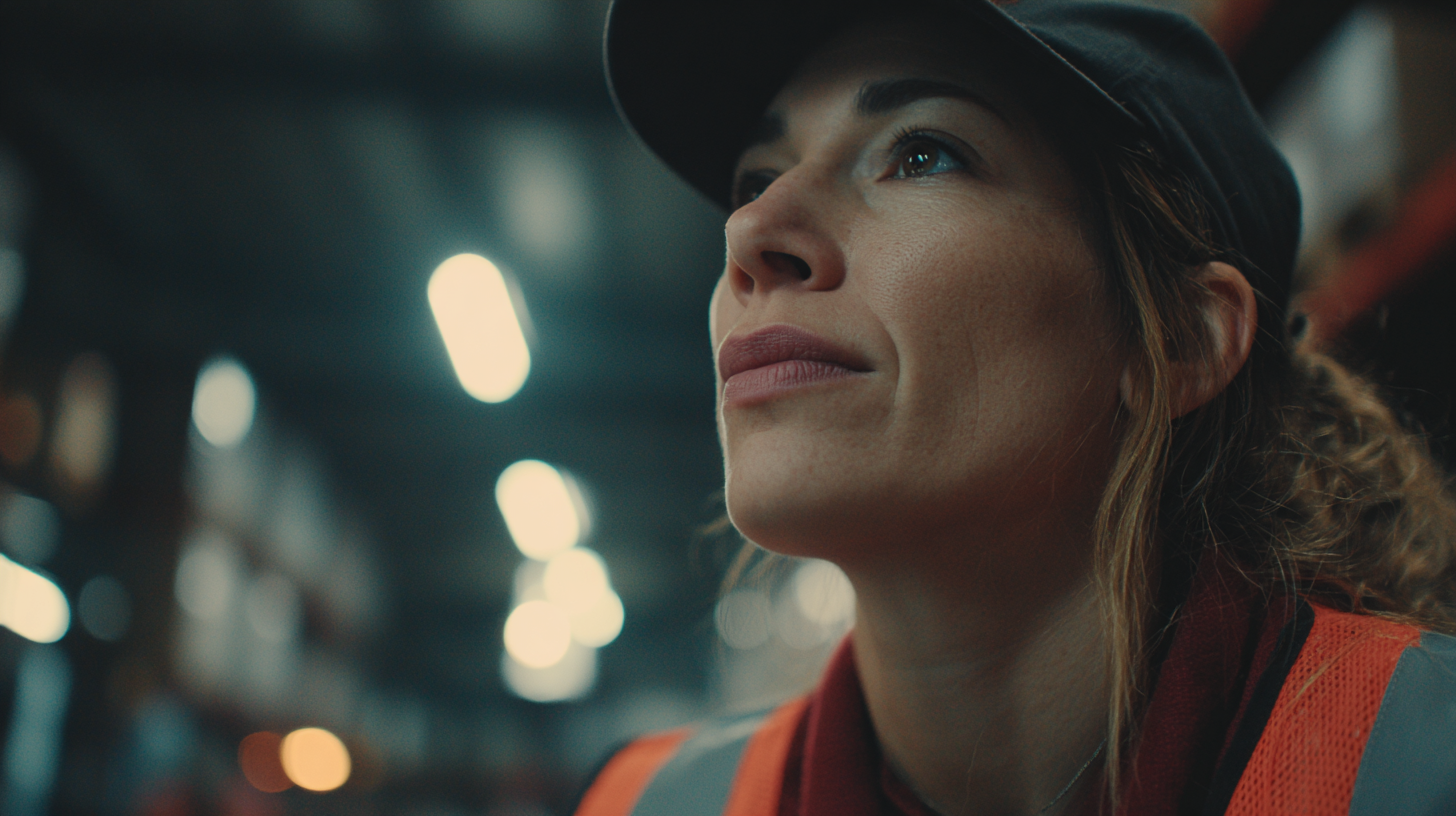When you can’t see what’s on a pallet (or where it is) everything slows. Clarus WMS assigns a unique ID to every pallet, tracks its contents (down to batch and expiry), and records every movement. Mixed pallets become manageable. Picking is guided and precise. Location history is a tap away. The result is faster turns, safer handling, and confidence that every pallet shipped matches the order… no guesswork, no duplicate labels.
Scan once. See everything. Know where each pallet is, what it holds, and how it got there. Reduce time spent searching aisles and speed up receiving, putaway, and despatch.
Pallet-level IDs, audits, and guided moves cut the risk of items “going missing”. Exceptions are visible instantly, so issues are resolved before they become claims.
Device workflows tell teams what to move, when, and with which equipment. The right pallet, from the right bay, to the right destination. Less congestion. Fewer rehandles. Better H&S outcomes.
Clarus validates the whole pallet against the order (item by item, lot by lot) so mixed-pallet picks stay accurate even under pressure. That’s how you protect OTIF and customer trust.
Pallets touch every team. Clarus WMS gives each role a clear, live view of pallet location, contents, and status, plus the tools to act quickly. Whether you’re consolidating for despatch, splitting to fulfil, or rebuilding for marketplace rules.

Design the rulebook and trust it to run. With pallet-level traceability and validations for mixed loads, SLAs hold even at peak. You cut fire-fighting and make better calls with real data, not gut feel.

Direct the right move at the right time. Directed putaway, consolidation, and split workflows reduce radio chatter and rework. Teams move faster with fewer errors and safer routes.
Welch Group needed pallet-level control across wholesale and marketplace channels. With Clarus WMS, they now build, split, and consolidate pallets with full traceability… down to lot and expiry. Mixed-pallet picks are validated end to end, search time has dropped on the floor, and audits run cleaner because every move and rebuild is recorded.
“Clarus lets us keep full pallets intact for bulk orders or quickly rebuild for marketplace rules without losing control,” says the operations lead at Welch Group. The result is steadier OTIF, fewer claims, and a calmer despatch. Proof that pallet complexity doesn’t have to slow the day.
How does Clarus handle mixed pallets with Licence Plate (LPN) Pallet Tracking?
Clarus models every pallet with an LPN and a full contents list, including lots and expiries. At pick, the system validates the entire LPN pallet against the order and can guide the operator to item-level detail on the load. This removes the “hunt and hope” that slows mixed-pallet picks and stops invalid combinations leaving the building. Accuracy goes up. Disputes go down.
Will this work for both full-pallet and each-pick operations?
Yes. Whether you ship full pallets, cartons, or eaches, Licence Plate (LPN) Pallet Tracking maintains pallet-level traceability and scales the workflow accordingly. Keep pallets intact for wholesale, or split and rebuild to meet e-commerce and marketplace rules, all with scanner-led confirmations and audit trails. One platform. Consistent control.
How do you prevent misplaced pallets?
Real-time locations, LPN-driven directed moves, and scan-to-confirm prevent most errors. If a pallet goes off plan, exception workflows flag it and guide the fix. Managers can search by LPN, ID, SKU, lot, or order and see the movement history immediately. Fewer blind spots. Faster recoveries.
Can we enforce FEFO/lot compliance and customer-specific rules?
Absolutely. Configure rotation (FIFO/FEFO), lot/expiry checks, and customer packaging or labelling requirements. Clarus enforces these at pick and despatch… and records the proof against the LPN. Your teams stay compliant by default rather than by memory.
What equipment and safety considerations are supported?
Rules can factor equipment limits and zones (e.g., reach truck vs. PPT, height restrictions, weight classes). Tasks are sequenced to reduce aisle conflicts and unnecessary lifts, improving throughput and safety together. Operators get clear directions; H&S gets fewer near-misses.
How fast can we adopt pallet management without disruption?
Start by assigning LPNs at receipt and scanning contents. Turn on directed putaway and basic validations first. As confidence grows, add mixed-pallet guidance, consolidation, and split workflows. Because Clarus is scanner-led with clear prompts, training time is short and wins appear quickly.